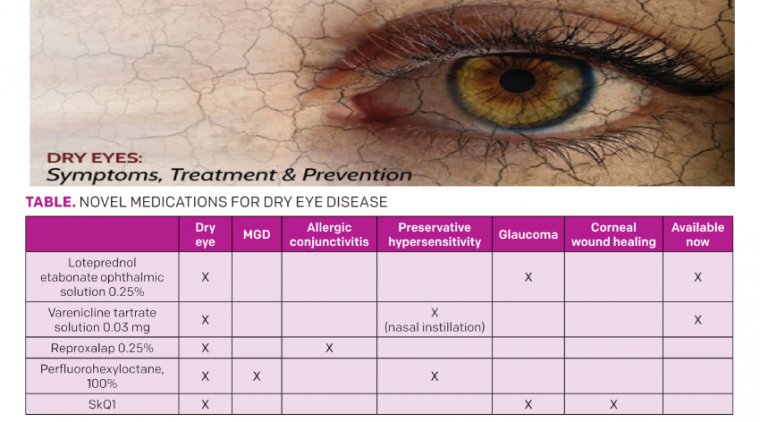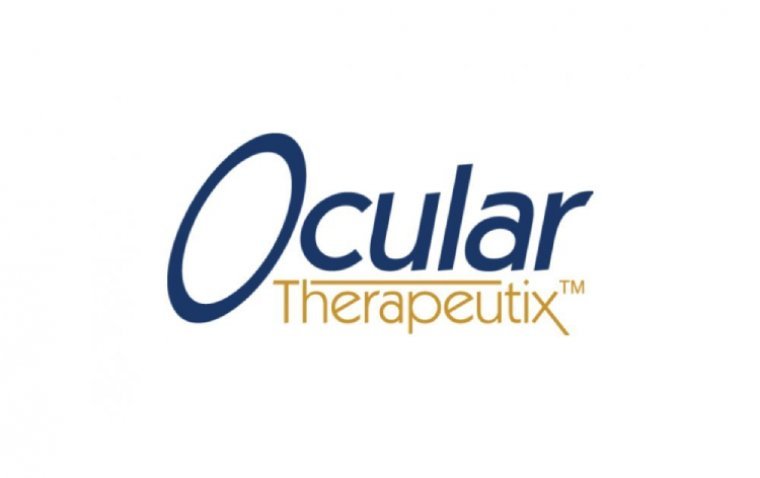
Ophthalmologists Develop Novel Protocol to Rapidly Diagnose Eye Stroke
Ophthalmologists at New York Eye and Ear Infirmary of Mount Sinai (NYEE) have pioneered a novel protocol aimed at swiftly diagnosing eye stroke and expediting care to prevent irreversible vision loss.
Published in Ophthalmology, their study outlines the use of high-resolution retinal imaging in the emergency room, coupled with rapid remote consultation, to confirm diagnosis and facilitate prompt treatment, thereby enhancing outcomes for patients affected by eye stroke.
"The protocol implements highly sensitive retinal imaging at the patient's point of entry into the medical system, reducing the need for onsite ophthalmology consults, which are often not immediately available," explains corresponding author Richard B. Rosen, MD, Chief of the Retina Service for the Mount Sinai Health System.
"Seamless cooperation and coordination between the subspecialty teams of stroke neurologists, retinal specialists, and interventional radiologists is the key to rapid triage of these emergency patients. This model can easily be implemented anywhere in the country where a stroke team is available. The semi-automated OCT camera and remote consult team can expedite diagnosis for these time-sensitive eye emergencies."
Eye stroke, also known as central retinal artery occlusion, manifests as painless, sudden vision loss in one eye. It occurs when the main artery supplying blood to the retina becomes blocked, typically by a clot, leading to deprivation of oxygen akin to a stroke in the brain. Immediate intervention is crucial, ideally within six to 12 hours of symptom onset, to dissolve the clot and prevent permanent vision loss.
To streamline care delivery, Mount Sinai's Department of Ophthalmology established an Eye Stroke Service and devised a treatment protocol leveraging high-tech eye imaging devices utilizing optical coherence tomography (OCT). These devices were strategically placed in three hospitals within the Mount Sinai Health System with large emergency rooms and stroke teams. OCT diagnostic imaging, pioneered at NYEE, enables rapid detection of microscopic retinal changes within minutes of a blockage, facilitating swift diagnosis for accurate treatment.
Upon presentation at the emergency room with suspected eye stroke, the stroke service promptly evaluates the patient and performs retinal imaging. Images are then electronically transmitted to remote retinal specialists for immediate diagnosis. If an eye stroke is confirmed, vascular interventional neuroradiologists can administer tissue plasminogen activator (tPA)—a clot-dissolving drug—into the blocked ophthalmic artery.
In a study analyzing 59 patients who underwent the protocol on the Eye Stroke Service within the first 18 months of its inception, researchers observed an average time to treatment of approximately two and a half hours after hospital admission. Notably, patients experienced significant visual improvement following treatment, with 66% demonstrating improvement within 24 hours and 56% maintaining improved vision one month post-procedure.
"We reported a novel protocol for the diagnosis of eye strokes that not only can save vision for these patients but also demonstrates the potential to use remote consultation for time-sensitive ophthalmic emergencies," notes Gareth Lema, MD, Ph.D., lead author of the study and Vice Chair of Quality, Safety, and Experience at NYEE.
Moving forward, Mount Sinai researchers aim to expand OCT camera availability in more emergency rooms and enhance outreach efforts to raise awareness about eye stroke symptoms and the importance of prompt medical intervention. Educating both the medical community and the public is paramount to ensuring timely treatment and preserving vision for individuals affected by this condition.
"The importance of education among the medical community and the public cannot be stressed enough. Patients with an eye stroke are at risk of also developing a stroke in the brain, and that risk is highest in the first month after diagnosis. If patients get to us in time, we can treat. But even for those who don't, the systemic workup to identify the source of the stroke might be even more critical," emphasizes Dr. Lema.
Reference
A Remote Consult Retinal Artery Occlusion Diagnostic Protocol, Ophthalmology (2024).
(1).jpg)










